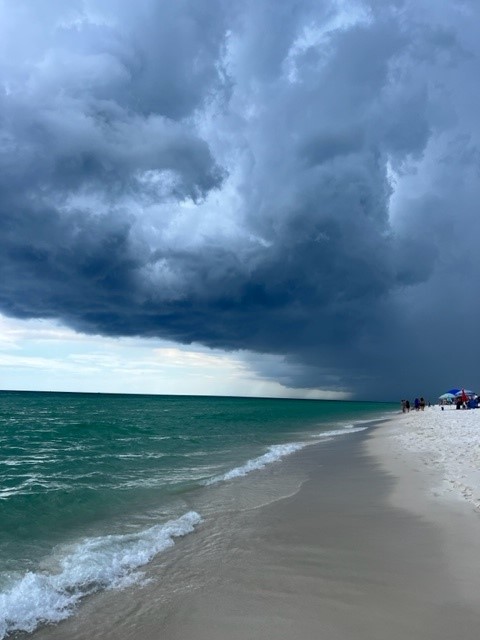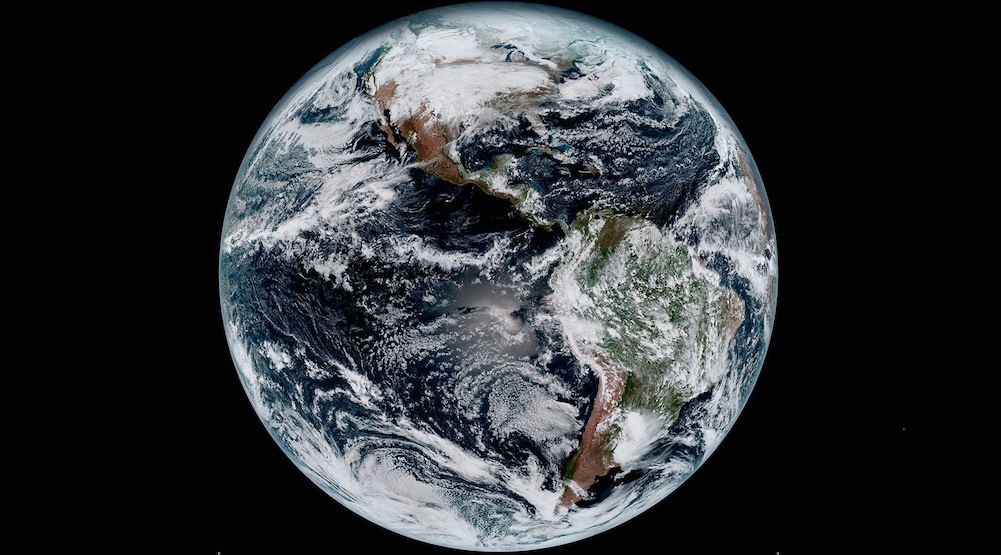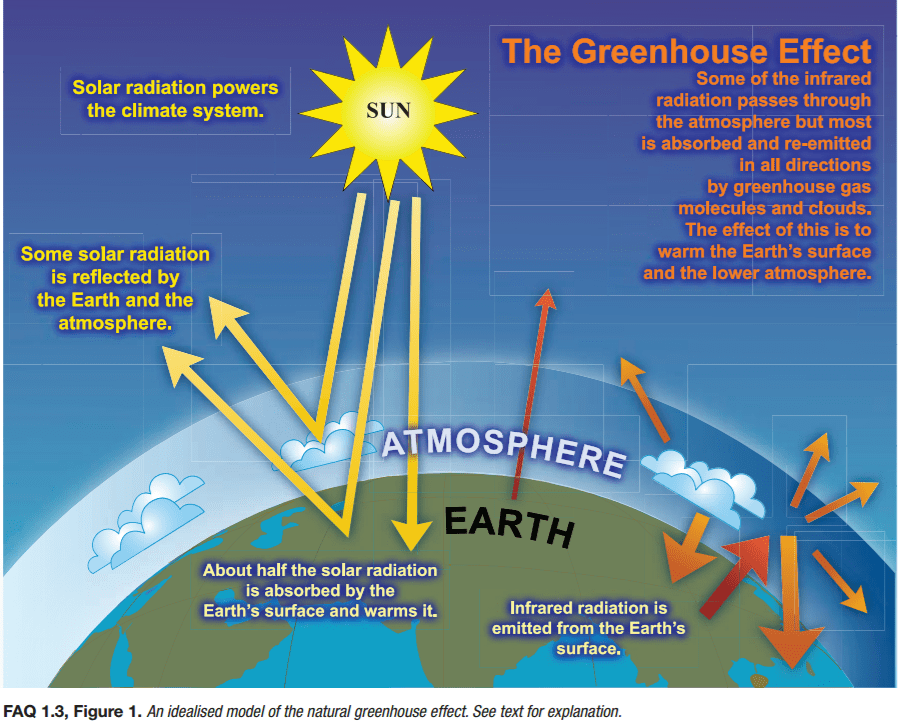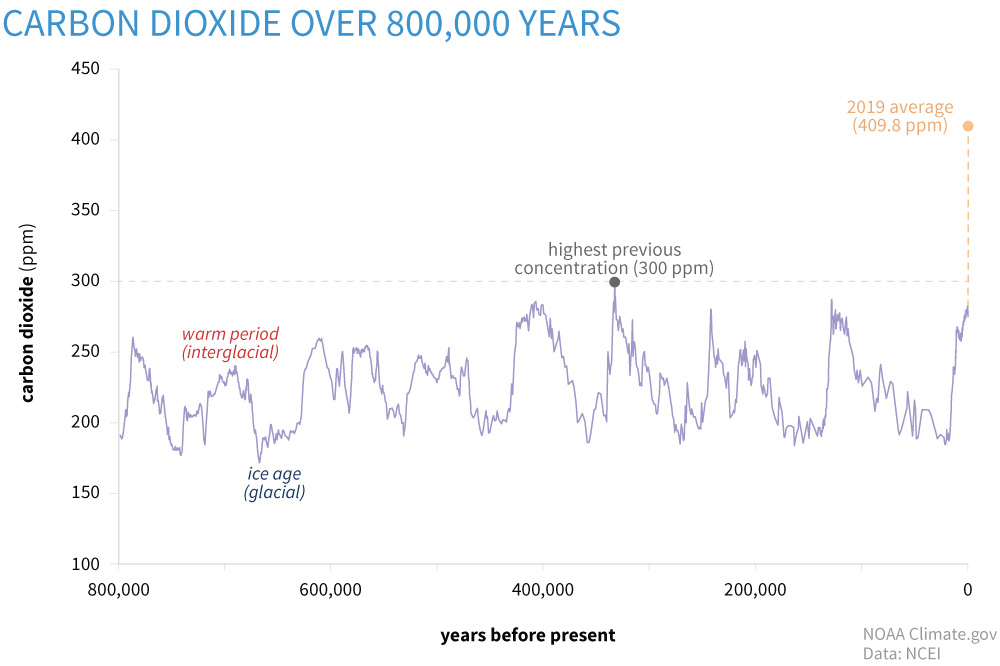In Part 1 of this series, we mentioned many of the issues that mankind is facing, but climate change may be the largest. In this series we have taken a journey on how humans got to this point. We began with our origins and how we dispersed across the planet. Our need for resources, such as food, water, space, and energy. And how our uncontrolled population growth has led to a greater need for these resources and the environmental impact obtaining them has caused. So, here we are… a planet of 8 billion people all seeking and competing for needed resources. Our methods of obtaining them have actually led to something unfathomable… we are actually changing the climate – and this could have several negative impacts for us.
Much of the change in climate is due to the increased production of carbon dioxide, methane, and other “greenhouse gases”. Most of the greenhouse emissions are from industrial processing and the burning of fossil fuels. These gases act as a greenhouse layer for the planet – allowing solar radiation through the atmosphere to heat the surface – but blocking rising heat from escaping – causing a rise in global temperatures.
Everyone has seen the graphs of both carbon emissions and global temperature changes over the last couple of centuries. The acceleration of this warming began during the industrial revolution and continued to increase during the 20th century.
Our planet actually functions well under a natural form of greenhouse. Carbon dioxide released by photosynthetic plants, volcanic eruptions, and other natural processes, provides a layer in the atmosphere that creates a climate system that allows creatures to survive. The equatorial portion of our planet receives the greatest amount of solar energy and the heat produced from this is moved towards the poles by the ocean and wind currents – dispersing heat to places that would otherwise be colder than they are. However, the increased production of greenhouse gases has escalated the warming.
The oceans have been described as “heat sinks” – collecting heat near the equator and dispersing it further north via the ocean currents. These currents rotate clockwise in the northern hemisphere carrying the warmer water along the western shores of the oceans – eastern Asia and North America – creating wetter, more humid climates – dissipating much of the heat by the time it reaches the poles. The cooler currents then pass the eastern shores of the oceans – western North America, Europe, and Africa – where humidity and rainfall are less. Warm ocean currents provide warm humid air over the land creating rainfall and densely vegetated ecosystems – such as the southeastern United States, and southeast Asia. Cool ocean currents do the opposite – creating arid ecosystems.
Climate models have suggested that a warmer ocean could intensify this process. Warmer land and water will cause a warmer air mass above them. Warm air rises, which decreases the air pressure over that portion of the earth’s surface creating what we call low pressure cells-low pressure systems. As many of us know, low pressure cells create storms, and we have experienced more intense storms all over the country. In the last few years these intense storms have created intense flooding events and tropical storms. One community in the Big Bend of Florida has experienced 3 tropical storms in 13 months. The drier conditions of the cold current coasts have intensified wildfires. All of these changing climatic effects have come at a great cost – both in property damage and in human lives. They have also increased the cost of trying to manage them and will most likely increase cost of insurance to rebuild from these disasters.

This squall line formed early in the morning. One of many morning thunderstorms formed over a period of a week in the summer of July 2023.
Photo” Rick O’Connor
There are also the impacts of climate on the rest of the planet. Warmer months could cause, and have caused, changes in the local biology. There are reports of lobsters moving north from Maine to Canada; this could happen for other fisheries as well. You will (have) seen the same in agriculture. Planting zones have slowly migrated north forcing farmers to re-think what they are growing on their land – what crops can they support. We could see similar impacts on aquaculture, timber, and more.
Another impact that is already playing out is the lack of water in the drier areas of the planet. The American southwest has already experienced “water wars” and it will continue to be a problem – possibly escalating in the future.
The basic solution to this problem is simple – either reduce the amount of greenhouse gases we are releasing (re-think how we obtain our energy needs), develop methods of removing greenhouse gases from the atmosphere (and before we release), or both.
Easier said than done…
Our investments, and comfort, with fossil fuels are very deep. Many energy companies have been developing new energy technologies for the last few decades – but it is expensive to convert an entire energy system – it will take time and money – both that seem to be in short supply at this time. That said, this issue is not going away and our communities need to move closer to solving them. The University of Florida, and many other universities, have been experimenting and developing methods to help turn this thing around. If your community, business, or agency has questions, or need more information, on this topic – reach out to your local county Extension office.
- St. Joe Red Tide Claiming Terrapins - December 15, 2025
- The 2025 Snake Watch Report for the Pensacola Bay Area - December 15, 2025
- Rattlesnakes on Our Barrier Islands; Part 2 – Prey Selection - December 15, 2025



